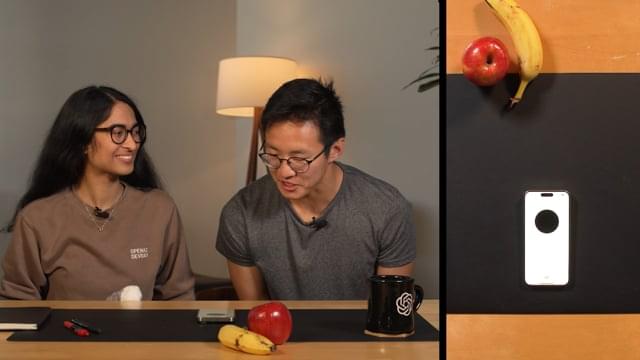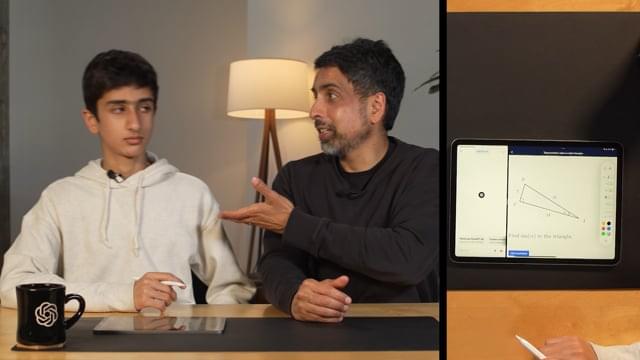This is “OpenAI GPT-4o customer service” by OpenAI on Vimeo, the home for high quality videos and the people who love them.

This is “OpenAI GPT-4o customer service” by OpenAI on Vimeo, the home for high quality videos and the people who love them.

This is “OpenAI GPT-4o point and learn Spanish” by OpenAI on Vimeo, the home for high quality videos and the people who love them.

This is “OpenAI GPT-4o meeting AI” by OpenAI on Vimeo, the home for high quality videos and the people who love them.

This is “OpenAI GPT-4o sarcasm” by OpenAI on Vimeo, the home for high quality videos and the people who love them.

This is “OpenAI GPT-4o math with Sal and Imran Khan from Khan Academy” by OpenAI on Vimeo, the home for high quality videos and the people who love them.

This is “OpenAI GPT-4o rock paper scissors” by OpenAI on Vimeo, the home for high quality videos and the people who love them.

This is “OpenAI GPT-4o interview prep” by OpenAI on Vimeo, the home for high quality videos and the people who love them.

This is “Two OpenAI GPT-4os interacting and singing” by OpenAI on Vimeo, the home for high quality videos and the people who love them.
MIT physicists and colleagues have created a five-lane superhighway for electrons that could allow ultra-efficient electronics and more. The work, reported in the May 9 issue of Science, is one of several important discoveries by the same team over the last year involving a material that is essentially a unique form of pencil lead.
A team of scientists at the Department of Energy’s SLAC National Accelerator Laboratory are developing new methods to probe the universe’s minute details at extraordinary speeds.
